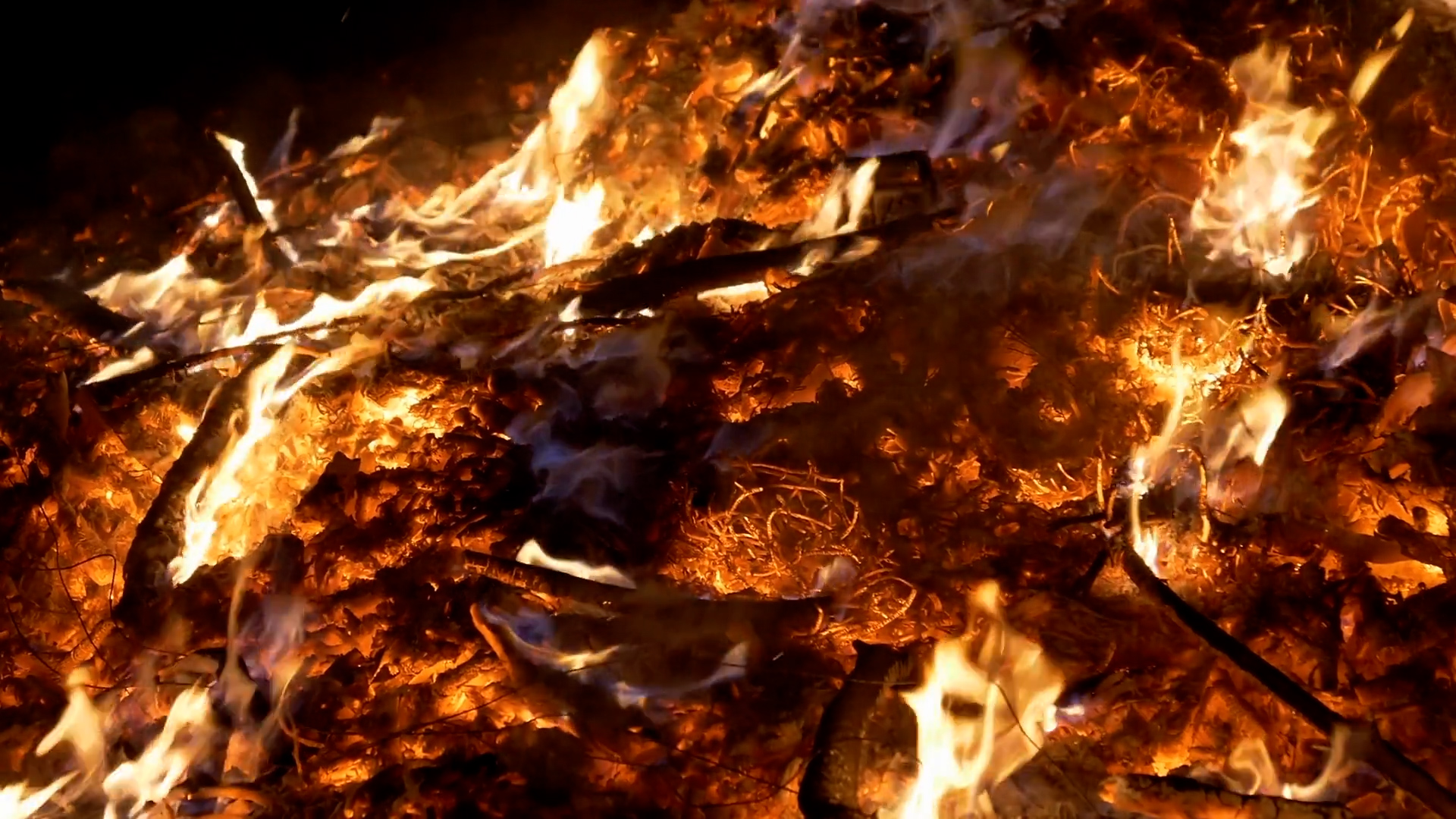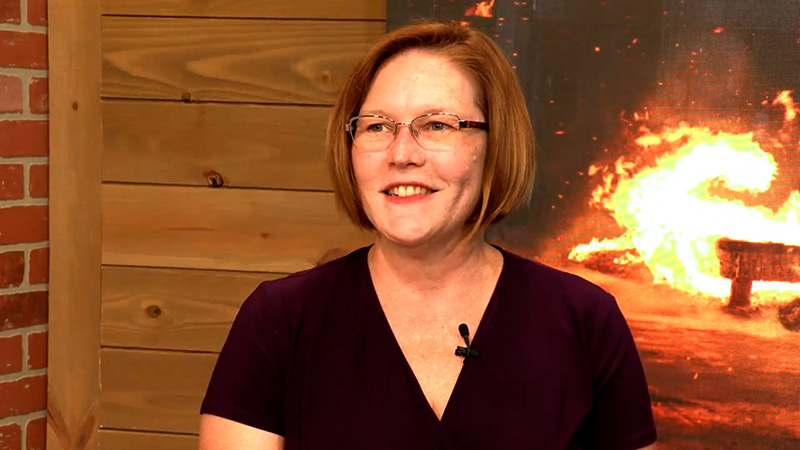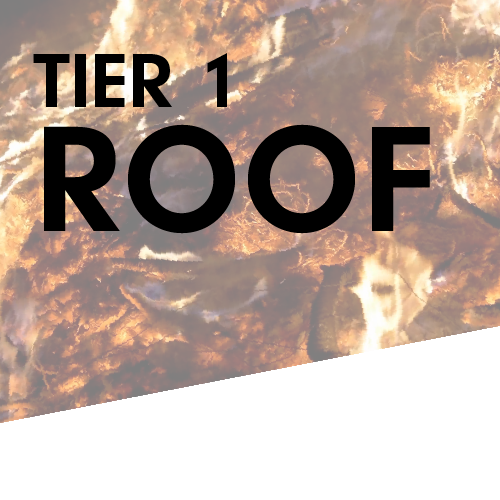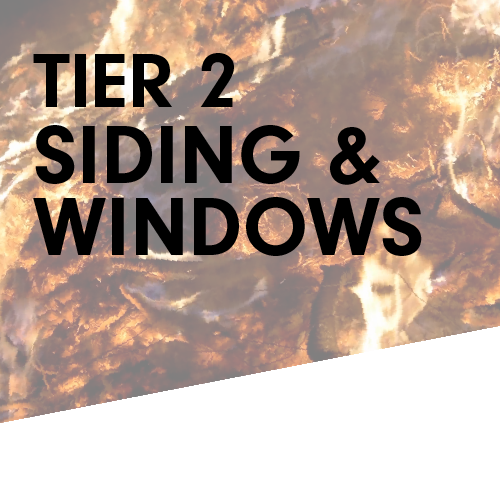
How to mitigate wildfire risk: Expert-backed strategies to reduce loss
Overall, there's no one-size-fits-all solution to keep your family and home safe from wildfires. But there are some simple adjustments that can help dramatically.


Overall, there's no one-size-fits-all solution to keep your family and home safe from wildfires. But there are some simple adjustments that can help dramatically.

As properties in high-growth areas face a greater risk for wildfires in the next 30 years, researchers say the nation will have to use different approaches and policies to deal with the threat.
To lower wildfire risk, "we're going to have to approach this in a very multi-faceted, multi-scalar way," said Dr. Kimiko Barrett, lead wildfire researcher and policy analyst at Headwaters Economics, a nonpartisan independent research organization based in Montana.
Karen Chapple is a professor of city and regional planning at the University of California, Berkeley. Chapple and her team worked with Next10, a nonpartisan, nonprofit think tank based in San Francisco, to study different post-wildfire rebuilding strategies in communities recently affected by fires.
One of the key policy recommendations from the study was to disincentivize housing development in high-risk areas.
After the December 2017 Thomas Fire, for example, Chapple explained that some Ventura County residents took advantage of building programs in the city's more urban areas and moved out of the high-risk areas post-fire.
"They said, 'You know what? I don't think I want to risk that again,'" said Chapple.
However, many of those who moved out of the high-risk areas in Ventura County were more affluent families. Chapple, along with other experts, said the so-called "managed retreat" option isn't realistic for everyone.
Barrett, who was not involved with the study, said, "What we can do, however, is say that the homes that are built in those areas should have to meet certain wildfire resistant standards."
"They have to incorporate wildfire mitigation measures into the design, the landscaping and the construction of the home itself," Barrett said.



[Homes in high risk areas] have to incorporate wildfire mitigation measures into the design, the landscaping and the construction of the home itself.
Experts said contrary to the image some people think of when they imagine wildfires, wildfires don't catch homes on fire with flame, but with embers that can travel up to five miles.
For those who choose to stay in high-risk areas, there are simple efforts to stop those wind-born embers from turning into something bigger.
Dr. Anne Cope, chief engineer at the Insurance Institute for Business & Home Safety, and her team have "taken laboratory science and field science, packaged that all together into a two-tiered system called Wildfire Prepared Home."
The first tier, which addresses ember resilience, includes things like:
The efforts in the first tier are typically cheaper and easier to accomplish.
The second tier of the Wildfire Prepared Home designation, or Wildfire Prepared Home Plus, also protects against radiant heat and creeping flames, said Cope. It includes all the efforts from the first tier as well as things like:





There are real-life examples of how well this type of home-hardening can work.
One singular red-roofed home in Lahaina, Maui stayed intact while every other home around it was destroyed. It "demonstrated the techniques that we are describing in terms of adaptive mitigation," said Cope.
She went on to say, "Not having bushes right next to the structure, having defensible space, there were hardening techniques that were there for that building, for reasons that were not related to wildfire."
Having native plants can also help. In fire-risk areas they will likely be fire resistant and can also help with erosion and mudslides after a fire comes through.
Diane Moss, a Malibu, California resident who lost her home in the Woolsey Fire in 2018, has had first-hand experience with the native plants in her area - both the ones she has planted and the ones that grew back after the fire.
"It's been very effective. We haven't had any major erosion, even in last year's epic rainstorms," Moss said.
These efforts can be cheaper in the long run.
According to the National Institute of Building Sciences Natural Hazard Mitigation Saves report, for every $1 spent on implementing the International Code Council's Wildland Urban Interface Code in the WUI, $4 can be saved in future losses.
The International Code Council is a building safety advocacy organization that has several voluntary codes and standards in place that address things like structural requirements, plumbing requirements, and fire prevention aspects.
California implemented stricter building codes in 2008 for new construction that addressed some of these fire mitigation strategies.
One study found that homes built after 2008 were 40% less likely to be destroyed than a 1990 home experiencing an identical wildfire exposure.
These mitigation strategies can also lower insurance premiums.
Michael Soller, deputy commissioner of the California Department of Insurance, said the department is now requiring insurance companies to offer discounts for hardened homes in communities that implement mitigation efforts.
"The future doesn't have to involve more losses, we can actually reduce those losses," Soller said. "But it's going to take a lot of work, and insurance companies have to be part of that. For the very first time we're requiring that they do their part."
The state also offers last-resort basic fire insurance called the FAIR Plan, which is mostly funded by the premiums it collects from customers. Day-to-day operations of the plan are controlled by insurance companies. However, the plan has been scrutinized by experts, who say it’s bare bones coverage.
Soller said there are two main goals the department currently has to improve the FAIR plan: create a path for people to get off the plan and increase the limits of it.
"We want people to have a normal insurance policy and a lot of the work that we're doing right now is to increase competition in areas where the FAIR plan has been growing and where the FAIR plan has become the first resort, not the last resort," Soller said. "We need to turn that around, and that's really the goal of a lot of the actions we're taking here."



The future doesn't have to involve more losses, we can actually reduce those losses. But it's going to take a lot of work.
The department has already increased the coverage limits of the plan in recent years, which had previously been at the same level since the mid-1990s, but it wants to add further increases.
Additionally, Gov. Gavin Newsom issued an executive order in September for "prompt regulatory action to strengthen and stabilize California's marketplace for homeowners' insurance."
This led Insurance Commissioner Ricardo Lara to announce several changes to the current statewide system, the largest insurance reform in California in 35 years. Part of the change to the fourth largest insurance market in the world includes requiring insurance companies to write at least 85% of policies in high wildfire risk communities.
The reform most likely will allow insurers to use catastrophic modeling, the future impact of catastrophic losses, which some find controversial but will help lure insurance companies back to the state.
"We know that the last decade has been unlike anything we've ever experienced," Soller said. "The future promises more of that. But we don't need to see more insurance companies pulling back."
But Soller says all of these changes can't happen overnight. It will also take time for insurance companies that have paused writing new policies to reverse that decision.
In the meantime, Soller said, "It does just start with knowing what you need to do to make your home safer, really getting good information from your insurance company, working with your local government, working with your local fire department and doing that work."
These measures work best when they are done by whole communities, experts said.
"Making sure that every neighbor meets these mitigation measures," said Kimiko Barrett from Headwaters Economics. "If one home starts to burn, that neighbor needs to be mitigated because of the radiant heat source."
She also mentioned the neighborhood planning outside of individual homes like evacuation routes and fuel buffers.
"It's incorporating all these concepts into what we think about a home of the future should look like. And what that community resiliency needs to be for long term sustainability," she said.
Chapple and her team studied "resilience nodes," where communities in the high-risk areas rebuild with wildfire mitigation measures, but in a more clustered way.
"You can concentrate houses, stores, amenities, schools," Chapple said. "So, everything's within walking distance, but is built up enough and you put a firebreak around it."
Ryan Colker, vice president of innovation at the International Code Council, said ensuring buildings can withstand fires is fundamental, but without a community vision, "you may end up with, sort of, citizens on an island."
"There's no school to go to, no grocery store to go to, and they actually ultimately don't want to live there," he said. "It definitely needs to be a community perspective as well."
Colker mentioned making sure communities have enough water supply in case of a fire, something Diane Moss had a hand in getting for her community in Malibu.
"We have to be self-sufficient," she said. "We have to have not just water storage, [but] fire suppression systems, plans of our own, as individual properties and as communities to be able to survive, and then to be able to not have so much damage to our buildings."
But she notes it takes time and an "enormous amount of investment."
Page development: Grace Manthey | Data analysis and reporting: Mark Nichols, Grace Manthey, Frank Esposito, Lindsey Feingold, Maggie Green, Maia Rosenfeld | Visual content producer: Adriana Aguilar | Video producers: Justin Allen, Christopher Drew | Digital production: Rachel Schwartz, Kimberlee Sakamoto Timoney, Margeaux Jimenez, Kristen Hague
Ⓒ 2023 ABC Owned Television Stations